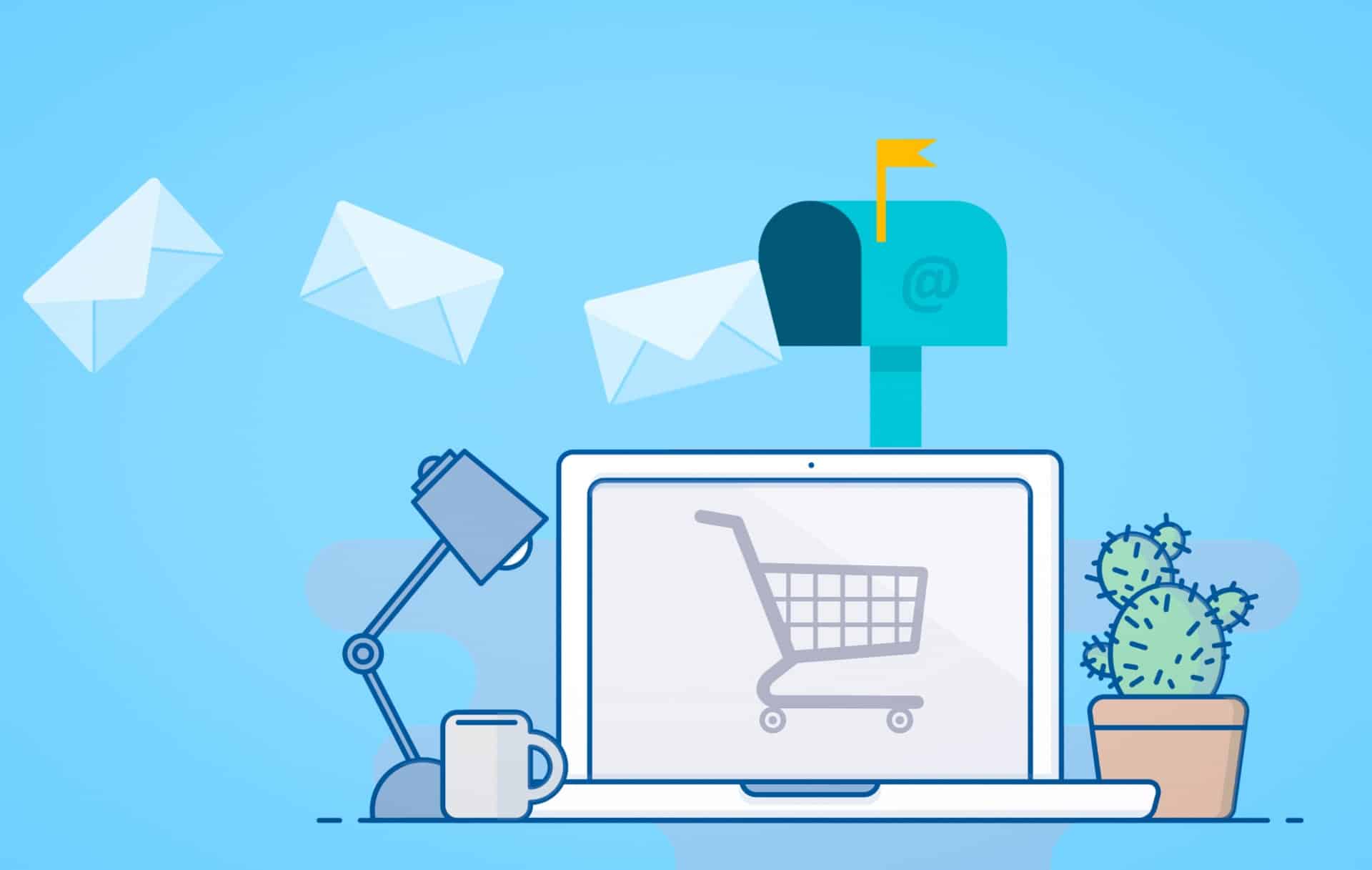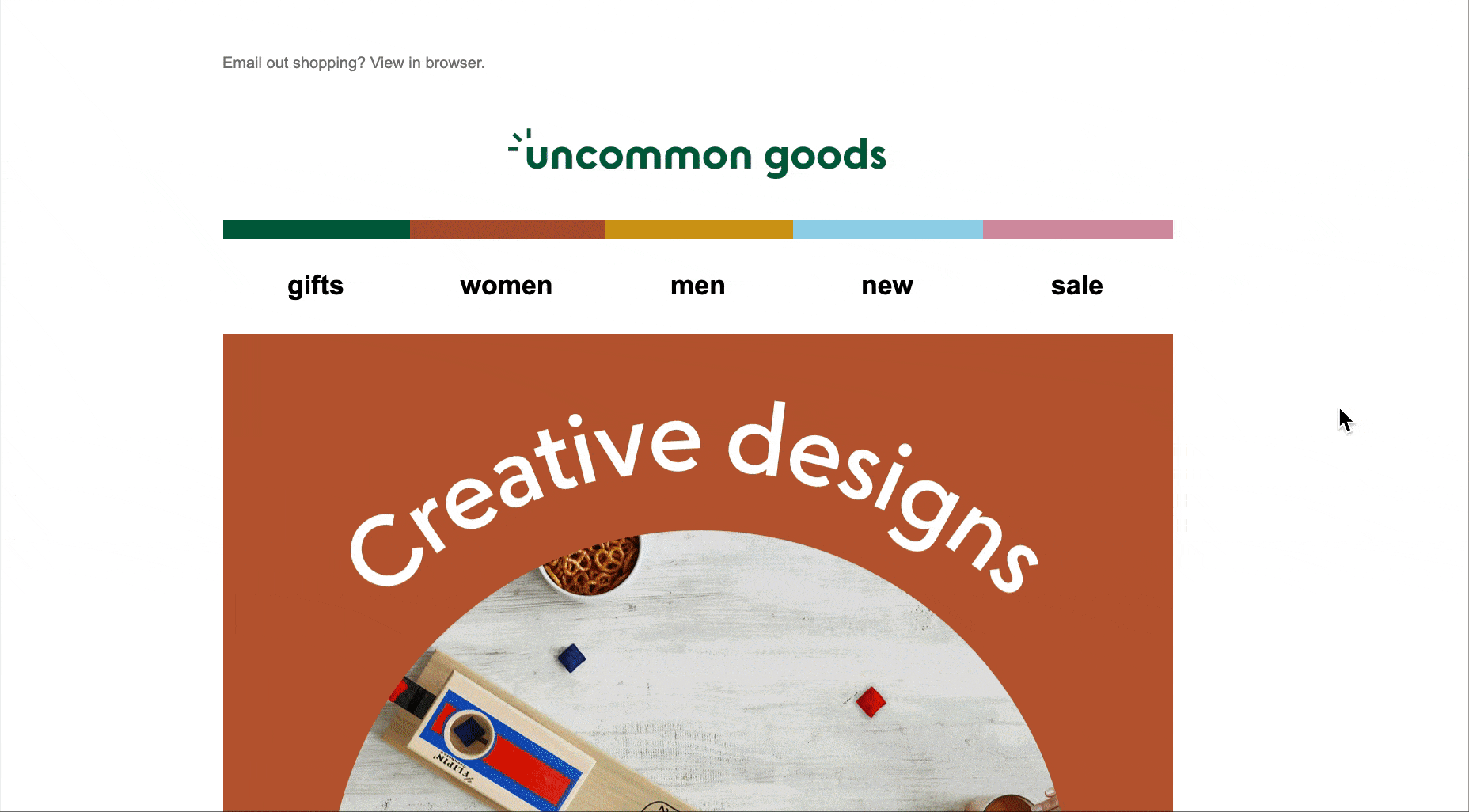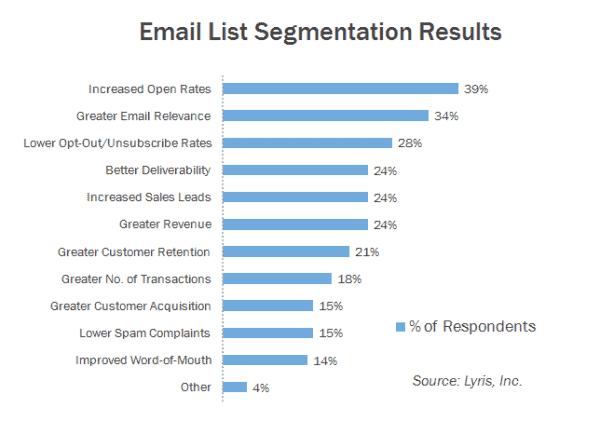Podcast: Play in new window | Download
Subscribe: RSS
Hey everyone! We’re taking a trip to the land of dinosaurs this week, and you’re invited! No, wait, that’s not right. It’s more like back to the future, maybe. No, that’s definitely not right. Whatever. What is beyond the welcome email? That is the question.
Let’s just get to the point. Email marketing is NOT dead. Yea, you heard that right. Take it to the bank, friends.

Check out the video or podcast above where the bees discuss the many options available for email marketing, and how and why it’s still very much alive and kicking.
Subscribe to our weekly live stream on Facebook, or take it on the go with a podcast on your choice of platforms. Keep up-to-date on news, trends, and tips in the world of digital marketing and join in on the conversation.
What’s New?
While email marketing is not new, what we can do with it is constantly changing, thanks to new innovations and new technology.
Dynamic content is an awesome way to capture attention or even to encourage engagement, such as implementing gamification that rewards recipients for playing.
Gifs, videos, and even interactive polls and surveys are great ways to engage your audience.
Interactivity and personalization are 2 of the most popular trends right now, and with a unique and creative approach, you’ll be giving people a great reason to open your emails and engage with your brand.
Here are some fun email stats from Hubspot to get you thinking:
- 86% of consumers would like to receive a promotional email from brands they subscribe to at least once per month.
- 78% of consumers have unsubscribed from lists because a brand was sending too many emails.
- Email subscribers are 3X more likely to share social content than others.
- For 86% of professionals, email is their preferred communication channel.
- Emails that are triggered by an action perform 3X better than nurture emails or drip campaigns.
- When it comes to customer acquisition, email is 40X more effective than Facebook and Twitter combined.

What’s Working?
When it comes down to it, if you think email marketing is dead, you’re most likely not doing it right.
Email marketing has a high return on investment. On average, every $1 spent on email marketing delivers a $38 ROI. With more than 3.8 billion email users worldwide, it’s the most prominent marketing channel businesses use to connect with their audience.
Studies show that 81% of SMBs still rely on email as their primary customer acquisition channel, and 80% for retention.
According to eMarketer’s 2019 report, 91% of internet users send emails, making it the most popular digital activity, even out-ranking search and video.
If you’re neglecting this area of your marketing strategy, thinking email is outdated, you’re missing out on huge opportunities, plain and simple.
So let’s take a look at what goes into an email campaign and how to make it work for you:
Create the Strategic Roadmap
First things first. Always start here. Set SMART goals and choose your tools. Decide what it is you want to achieve, and develop a strategy. Some common goals include:
- Improving engagement
- Driving traffic to your website
- Increasing your campaign’s open rate
- Nurturing subscribers
- Growing your email list
- Promote sales and outreach
You’ll also want to decide on the tools you’re going to use, such as Hubspot, Mailchimp, or Constant Contact – to name a few.

Create an attention-grabbing subject line
This is one of the most important elements of your email. The goal here is to use clear, actionable, enticing language that is personalized and aligned with the body of the email.
For example, something like “Email Marketing is NOT Dead” is punchy and impactful, but what is it offering? Will the reader want to open the email to learn more?
A subject line like “Beyond the Welcome Email: 10 Ways to Improve Your Email Marketing Today” gives the reader more insight into what the email is about and what they’ll get from it, thus giving them more incentive to open it.
Fun fact: Subject-line emojis accounted for increased open rates for 56% of brands.
Write like you’re writing to a friend
How many emails do you get per day? How many are actually interesting, or enjoyable to read? I’m betting not that many.
Businesses too often get caught up in a game of buzzword bingo, and their email comes off as robotic, lacking any real human qualities, sounding like a textbook template of corporate-speak that absolutely no one wants to read.

Before you start writing, think about your audience – who they are, what they want, and what they like. This will help you craft the email into content that your audience is actually interested in and will find value in. Give your subscribers a reason to put their confidence in you by being real and human in your approach.
Think of it as a conversation, and adjust your tone accordingly.
Test different styles – A/B testing
The last thing you want to do is send an email out and then forget about it. If you want to see results, you need to test and iterate. Test and iterate. Over and over. I can’t stress this enough.
Here is a sample of some of the many design elements that you can test (Remember to test only one element at a time):
- Subject Line
- Preview Text
- Send From Address
- First Sentence Hook
- Copy Length
- Copy Language
- Hero Image
- CTA Copy
- CTA Offer
- CTA Colour
- CTA Function
- Email Format
- Time Of Send
- Day Of Send
- Device
You also need to track, monitor, and collect data about your email campaign to measure its results accurately. You can improve your future campaigns by analyzing your data and finding what worked well and what didn’t resonate with subscribers.
Some common KPIs to track to measure your email marketing success:
- Open rate – The number of subscribers who opened your email.
- Click-through rate – How many users clicked on a link in your email.
- Bounce rate – The number of users who clicked out of your email.
- Unsubscribe rate – The number of users who unsubscribed from your email list.
- Conversion rate – The number of users who open the email, click a link, and complete the intended action, such as downloading a piece of content or making a purchase.
- List growth rate – The rate at which people enter your email list.
- Email share rate – The number of people who forward your email.
- Sender score/reputation – The likeliness that an email provider will block your email, deliver it, or mark it as spam.
- Landing Page Views
- Landing Page Conversions
- Landing Page Conversion Rate
- Average Time on Landing Page
Here are 4 real-world examples of different types of emails from our ever-resourceful bee, Courtney: Ecommerce, Flash Sale, Brick and Mortar Retail, and Long-Form Sales Pitch
Ecommerce

Flash Sale

Brick and Mortar Retail

Long-Form Sales Pitch
As you can see, your options for customization can be quite varied. Always keep the recipients in mind when choosing which style works best for your brand and reaching your target audience.
Optimize for mobile
Research shows that more than half of all online traffic worldwide comes from mobile devices, and now that Google is switching to mobile-first indexing, it’s become increasingly important to ensure your emails are optimized for people when they’re on the go. This is the way the world is moving.
You don’t want to risk missing out on huge opportunities, and even worse, looking bad if your email looks “broken” on mobile.
All text and visual content should properly fit the screen and be easy to navigate. Use a clean, responsive template that works for mobile devices.
Personalization
This goes hand-in-hand with writing like you’re writing to a friend, but it goes beyond that.
Customer expectation for a personalized experience with the brands they love has never been higher, and if you’re not personalizing your emails with one of the many tools available, you’re not going to stand out in the tsunami of emails flooding inboxes daily.
According to Hubspot, personalized emails have 26% higher open rates, and an improved click-through rate of 14% when compared to others.
You can also use website activity and purchase history to improve conversions and ROI. Data and analytic are invaluable when creating strategies for successful campaigns.
Here are some more ways to personalize your emails:
- Add a first name field in your subject line and/or greeting.
- Include region-specific information when appropriate.
- Send content that is relevant to your lead’s lifecycle stage.
- Only send emails that pertain to the last engagement a lead has had with your brand.
- Write about relevant and/or personal events, like region-specific holidays or birthdays.
- End your emails with a personal signature from a human (not your company).
- Use a relevant CTA for an offer that the reader will find useful.
- Don’t send from a donotreply@ email address.
Create a Landing Page
Creating a landing page, or lead magnet is an excellent way to build your email list and gain new potential customers – this is simply something given away for free in exchange for an email address.
Here are some examples of things you can give away for free:
- Ebook
- Whitepaper
- Infographic
- Report or Study
- Checklist
- Template
- Webinar or Course
- Tool
Segment your list
This is incredibly important and will help you connect with the leads who are most interested in your brand and likely to be converted. It’s also another great way to personalize your emails and make them more relevant for the recipients.
People sign up for different reasons and have different needs. The ways you can segment your lists are only limited by the data you have, which is another reason why knowing your target audience is so important.
You can segment your list in many ways, depending on the goals of your campaign. Here are some of the most common:
- Age
- Gender
- Buying behavior
- Past purchases (previous engagement with your brand)
- Industry
- Lead magnet
- Engagement levels
- Lifecycle stage
- Language
- Job Title
The more you can segment your email lists, the more personalized and relevant your messaging will be for your audience. Use lead scoring to help people through the funnel.

Beyond the Welcome Email
The Abandoned Cart Email Campaign – It’s estimated that as many as 80% of carts are abandoned before purchase. This is a potentially huge opportunity to reach out to people who have already shown interest and intent to buy.
The Product Promotion Email Campaign – Your customers are not likely checking your website daily. Let them know about new product promotions, or they might never know and miss out.
Informational Email Campaign – such as new content announcements, product or service updates, or a digital magazine or newsletter.
Lead Nurturing Email Campaign – this can be a connected series of emails containing useful, targeted content.
Event Invitation Campaign – email can be very effective for promoting an upcoming event you’re hosting.
Using Social Media – Through LinkedIn Groups you can send emails directly to a LinkedIn user’s inbox. Instagram and other social channels are also great ways to get the word out, direct users to links for your landing page, or host a contest sign up.
Incorporate email marketing automation – Once you’ve created specific segments, you can send automated emails that are highly targeted. An example would be auto-responders that are triggered after a specific action, such as downloading a white paper, or ebook.
Here is a handy guide from Visme, if you’re looking to create an ebook!
How to Create an Ebook In 8 Steps
More Resources:
- The Ultimate Guide to Email Marketing – A very thorough article by Hubspot on how to get started with email marketing.
- What’s New in 2020: Expert Insights for a Successful Email Marketing Program – An insightful read on current trends for 2020.
- 7 Tested Ways How to Grow Your Email List with Instagram – As the title states…
- 5 Ways to Improve Your Email Marketing – An easy read with some great tips.
- 10 Creative Ways You Can Improve Your Email Marketing Campaigns – I love lists. This is a good one.
- How to Plan and Execute an Effective Email Marketing Strategy – A great read with lots of eye-opening stats.
- 10 Easy Ways to Improve Your Email Open Rate – Yep. More sweet lists of goodness.
- About the Canada Anti-Spam Law (CASL) – Consider this a need to know. Read it.
![]()


